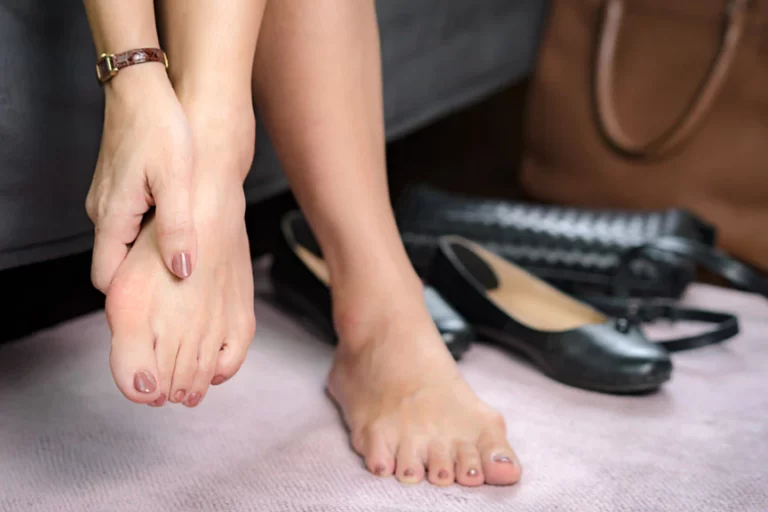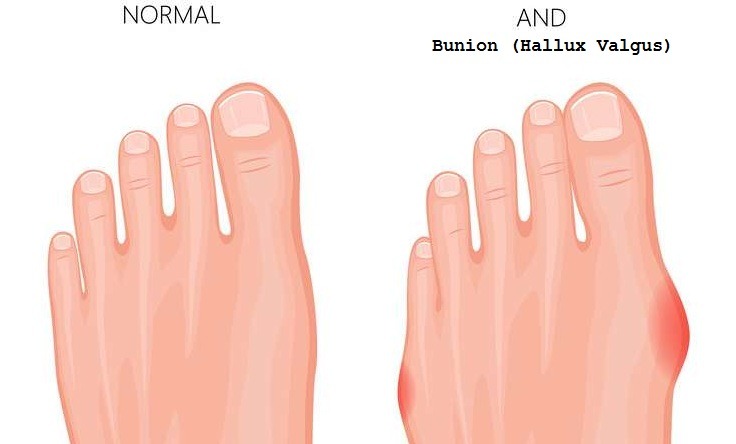A bunion, also known as hallux valgus, is a deformity of the big toe joint that causes the big toe to angle towards the second toe. Bunion surgery is a common procedure used to correct the deformity and relieve pain. If you are considering bunion surgery, it is essential to understand what the procedure entails and what to expect. Here are some frequently asked questions about bunion surgery to help you prepare.
What is bunion surgery?
Bunion surgery is a procedure used to correct the deformity of the big toe joint caused by a bunion. The surgery aims to relieve pain and improve the alignment of the big toe joint.
When is bunion surgery necessary?
Bunion surgery is usually recommended when conservative treatments such as rest, ice, pain medication, and orthotics fail to provide relief. Surgery may also be necessary if the bunion causes severe pain or deformity that affects the quality of life.
How is bunion surgery performed?
Bunion surgery is usually performed under local anesthesia with sedation or general anesthesia. The procedure involves making an incision in the foot and realigning the bones, ligaments, and tendons to correct the deformity. The surgeon may use screws, wires, or plates to hold the bones in place while they heal.
What are the types of bunion surgery?
There are several types of bunion surgery, including:
- Osteotomy: This involves cutting and realigning the bone to correct the deformity.
- Exostectomy: This involves removing the bony bump without realigning the bone.
- Arthrodesis: This involves fusing the joint to prevent movement and correct the deformity.
- Resection arthroplasty: This involves removing the damaged joint and replacing it with an artificial joint.
What are the risks of bunion surgery?
Like any surgery, bunion surgery carries some risks, including:
- Infection
- Nerve damage
- Blood clots
- Anesthesia complications
- Unsatisfactory results
- Recurrence of the deformity
What is the recovery process like after bunion surgery?
After bunion surgery, you will need to rest and keep your foot elevated for a few days. You will also need to wear a cast or special shoe to protect your foot while it heals. Physical therapy may be necessary to help you regain strength and flexibility in your foot.
How long does it take to recover from bunion surgery?
The recovery time depends on the type of surgery and the extent of the deformity. It can take anywhere from a few weeks to several months to recover fully.
When can I walk after bunion surgery?
After bunion surgery, you will need to avoid putting weight on your foot for a few weeks to allow the bones to heal properly. Your doctor will likely provide you with a special shoe or cast to wear during this time. Once the bones have healed, you can gradually begin to put weight on your foot and walk with the aid of crutches or a walker. Your doctor will advise you on when it is safe to start walking again.
Can I drive after bunion surgery?
You should not drive for at least two weeks after bunion surgery or until you can safely operate a vehicle without discomfort or pain. Your doctor will advise you on when it is safe to resume driving.
When can I return to work after bunion surgery?
The amount of time it takes to return to work after bunion surgery depends on the type of job you have and the extent of the surgery. If you have a sedentary job, you may be able to return to work within a few days or weeks. However, if you have a job that requires standing, walking, or lifting, you may need to take several weeks or months off work to allow your foot to heal properly.
How can I manage pain after bunion surgery?
Your doctor will likely prescribe pain medication to manage pain after bunion surgery. You can also apply ice to the affected area to reduce swelling and pain. Resting and elevating your foot can also help reduce pain and promote healing.
What are some complications that can occur after bunion surgery?
Complications that can occur after bunion surgery include infection, nerve damage, blood clots, unsatisfactory results, and recurrence of the deformity. It is important to follow your doctor’s instructions carefully to reduce the risk of complications.
How can I prevent the recurrence of bunions after surgery?
To prevent the recurrence of bunions after surgery, it is important to wear comfortable shoes that fit well and do not put pressure on your toes. You may also need to wear orthotics to support your foot and prevent the development of bunions.
How successful is bunion surgery?
Bunion surgery is generally considered to be a successful procedure, with most patients experiencing significant improvement in pain and deformity. However, the success of the surgery depends on various factors, such as the type of surgery performed, the extent of the deformity, and the patient’s overall health.
What are the alternatives to bunion surgery?
If you are not a suitable candidate for bunion surgery or prefer not to undergo surgery, there are several non-surgical treatment options available, including rest, ice, pain medication, orthotics, and physical therapy. However, these treatments may not provide long-term relief for severe bunions. It is best to consult with your doctor to determine the most appropriate treatment option for you.
In conclusion, bunion surgery is a common procedure used to correct the deformity of the big toe joint caused by a bunion. It is important to understand the risks, recovery process, and potential complications associated with the surgery. By following your doctor’s instructions carefully and taking proper care of your foot, you can increase the chances of a successful recovery.








